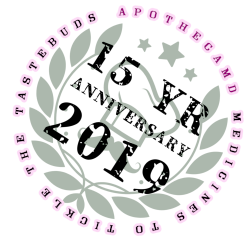Selenium and COVID-19: A spotlight on the clinical trials, inventive compositions, and patent literature
J Infect Public Health. 2022 Oct 4;15(11):1225-1233. doi: 10.1016/j.jiph.2022.09.011. Online ahead of print.
ABSTRACT
Selenium is an indispensable trace element for all living organisms. It is an essential structural component of several selenium-dependent enzymes, which support the human body’s defense mechanism. Recently, the significance of selenium in preventing/treating COVID-19 has been documented in the literature. This review highlights the clinical studies, compositions, and patent literature on selenium to prevent/treat COVID-19. Selenium exerts its anti-COVID-19 action by reducing oxidative stress, declining the expression of the ACE-2 receptor, lowering the discharge of pro-inflammatory substances, and inhibiting the 3CLPro (main protease) and PLpro enzyme of SARS-CoV-2. The data of clinical studies, inventive compositions, and patent literature revealed that selenium monotherapy and its compositions with other nutritional supplements/drugs (vitamin, iron, zinc, copper, ferulic acid, resveratrol, spirulina, N-acetylcysteine, fish oil, many herbs, doxycycline, azithromycin, curcumin, quercetin, etc.,) might be practical to prevent/treat COVID-19. The studies have also suggested a correlation between COVID-19 and selenium deficiency. This indicates that adequate selenium supplementation may provide promising treatment outcomes in COVID-19 patients. The authors foresee the development and commercialization of Selenium-based compositions and dosage forms (spray, inhalers, control release dosage forms, etc.) to battle COVID-19. We also trust that numerous selenium-based compositions are yet to be explored. Accordingly, there is good scope for scientists to work on developing novel and inventive selenium-based compositions to fight against COVID-19. However, there is also a need to consider the narrow therapeutic window and chemical interaction of selenium before developing selenium-based compositions.
PMID:36265330 | DOI:10.1016/j.jiph.2022.09.011
